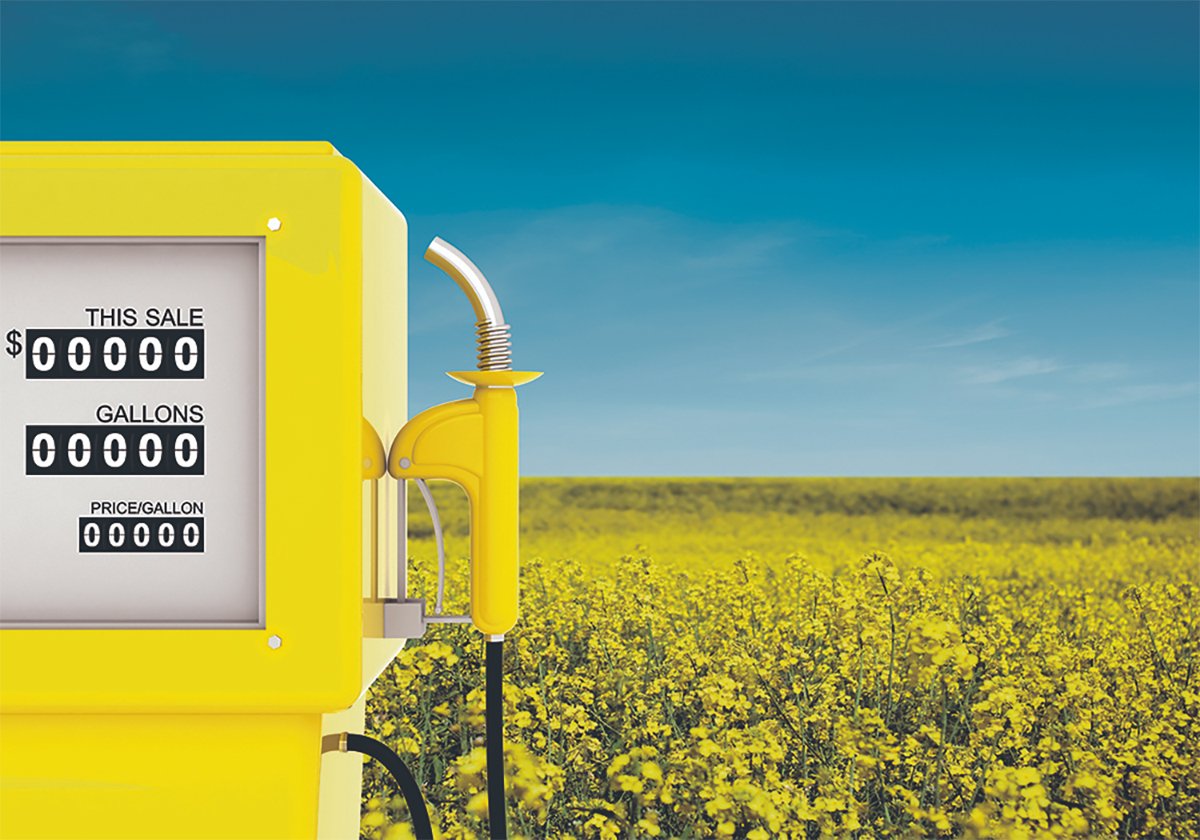DES MOINES, Iowa — Hog farmers should return to profitability next year, says leading U.S. hog market analyst Steve Meyer.
However, along with profitability will come the risk of a fourth quarter 2014 price slump.
“With a good corn crop in the 140s (bushels per acre) … we could have costs down in the low $80s per hundredweight by spring, or by the first quarter, and if so, we are set up for a profitable 2014,” said Meyer, who is president of Paragon Economics.
“We need one. We haven’t had a profitable year in two years now.”
Read Also

Biofuel sector happy with federal budget
Advanced Biofuels Canada says new Biofuel Production Incentive is a lifeline until CFR amendments are in place.
Last year’s drought in the U.S. Midwest caused feed prices to soar. Even though pork prices rose to historically high levels, hog producers lost money.
Many small producers left the industry and the U.S. hog herd stopped growing.
However, the herd didn’t fall by anywhere near the amount most analysts were expecting,
Hog production is now generating profits but they might not last, Meyer said.
Present profitability “is not going to last, I believe, unless we have a very, very good corn crop, which at this point looks doubtful, very doubtful.”
However, the sometimes perilous fourth quarter, when hog prices tend to melt down as packers become congested, appears to be free of worry this year.
The U.S. herd isn’t expanding and carcass weights are low, which means the slight increase in North American slaughter capacity should be able to easily handle hog volumes.
The packer constraint problem may reappear in next year’s fourth quarter if the U.S. herd grows, slaughter weights return to pre-drought levels and marginal productivity gains continue at their usual rate.
“If you put two and a half percent more pigs a year from now … that’s going to be really tight,” said Meyer.
Only one new hog plant is proposed for North America and only two or three could add a second shift. However, double shifts aren’t likely to happen at those plants while mandatory country-of-origin labelling’s fate remains unclear.
“They’re all in the west,” said Meyer. “They would all be pretty dependent on an mCOOL decision and what it does for Canadian pigs coming down.”
Plant owners might be scared to invest in their operations if COOL continues to complicate cross-border trade.
Apart from bigger feedgrain supplies, hog profitability will improve if pork demand remains high.
Chris Novak of the National Pork Board said retail pork sales by weight were up by 9.9 percent in this year’s first quarter, with a 4.7 percent increase in dollar value. He attributed the increase to aggressive marketing and cheap prices compared to other meat.
“We are seeing a tremendous movement of pork in the meat case,” said Novak.
The pork industry also hopes that extra marketing this summer, focused on rebranding pork cuts with terms like porterhouse, T-bone and rib eye, will further boost prices for farmers.
More sales should be possible if pork’s culinary values can be promoted at the same time as its competitive pricing, Novak added.















